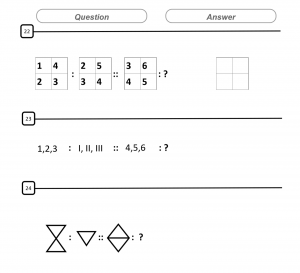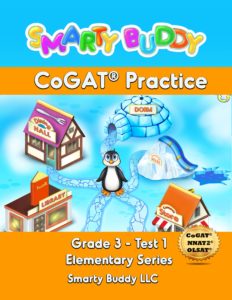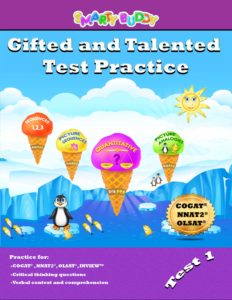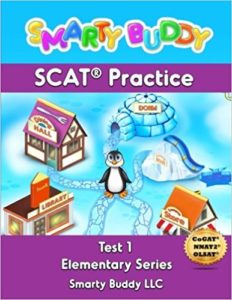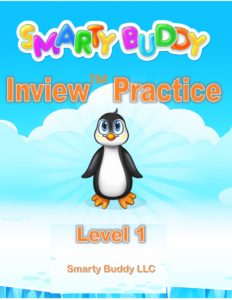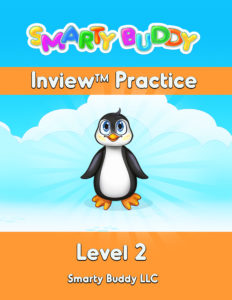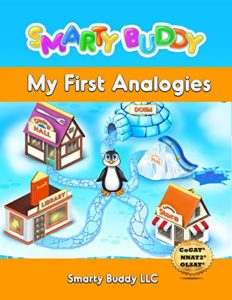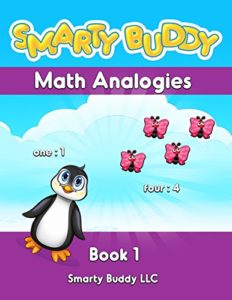Today we continue posting information about gifted and talented identification at one of the largest school districts in the country (*Source MCPS publication):
During the second semester, all Montgomery County Public Schools (MCPS) grade 2 students will be screened as part of the Student Instructional Program Planning and Implementation (SIPPI) process. Additionally, during the second semester, students in Grades 3, 4 and 5 who are new to MCPS are screened as part of the New Student Screening process; students who have been recommended for rescreening by parents or school staff in Grades 3, 4 and 5 are screened as part of the Rescreening process. The elementary GT identification processes are designed to capture data about students’ strengths for gifted and talented designation and for instructional planning for the next school year. Regardless of the recommendations made, students’ strengths that are demonstrated through these processes and through students’ daily instructional performance will be supported and extended. Although students do not need to be formally identified as gifted and talented to receive enrichment and/or acceleration, this process allows schools
to look at a student’s profile more holistically. With support, effort, and good study skills, all children can excel academically.
At the end of the screening processes in June, parents are provided with a Parent Report that summarizes their student’s performance on the InView ™ cognitive assessment, instructional recommendations for the next school year; and gifted and talented identification designation.
What cognitive assessments are administered?
All Grade 2 Students:
Grade 2 students take all five subtests of the InView™ Level 1: Sequencing, Analogical Reasoning, Quantitative Reasoning, Verbal Reasoning-Words and Verbal Reasoning-Context.
New Student Screening:
Grade 3, 4 and 5 students, who are new to MCPS, take all five subtests of the InView™ Level 1 (Grade 3) or InView Level 2 (Grades 4 and 5): Sequencing, Analogical Reasoning, Quantitative Reasoning, Verbal Reasoning-Words and Verbal Reasoning-Context.
Rescreening:
Grade 3, 4 and 5 students can be re-assessed on all five subtests of the InView™ Level 1 (Grade 3) or InView Level 2 (Grades 4 and 5) if they did not meet benchmark on any subtest. Students are identified for rescreening by the local school committee or by parent request. Rescreening occurs during the school’s specified assessment dates.
What data are gathered in the elementary GT identification processes?
The elementary GT identification processes use data gathered from a variety of sources. Multiple sources of data allow for emerging strengths to be noted and nurtured. Students who demonstrate strengths across several of these areas can be recommended for gifted and talented identification.
Specific data sources include:
Staff advocacy
Teacher survey
Parent Input form
InView™ cognitive assessment data
Classroom performance data in reading and mathematics
What does the cognitive assessment data mean?
Cognitive assessments measure developed, not innate, reasoning abilities. The InView™ cognitive assessment can help guide teachers to adapt instruction and provide appropriate critical thinking learning
opportunities.
What do the InView™ scores mean?
InView™ scores are reported as age-normed national percentile scores. A score of 60 indicates that a student performed better than 60% of students of his/her age that took this assessment. For purposes of using the score as a factor in gifted and talented identification, MCPS considers a score of 80 or higher as one possible
indicator.
Sequencing
Students who show strength in sequencing comprehend a rule or principle implicit in a pattern or sequence of figures, letters, or numbers. These students can analyze the pattern established in a row of figures, letters, or numbers, then select the answer choice that would continue or complete the pattern. Students demonstrating this strength should be given opportunities to infer, recognize special patterns and progressions, and make sense of parts in relation to a whole. As this is a non-verbal assessment, students may demonstrate this strength while still developing verbal and quantitative skills.
Analogical Reasoning
Students who show strength in analogical reasoning are able to recognize the nature of the relationship between two items and select an answer that will produce a parallel relationship. These students should be given opportunities across all content areas to build classification and problem solving skills. These students should be given many opportunities to explain relationships and connections in their learning.
Quantitative Reasoning
Students who show strength in quantitative reasoning often have the ability to:
Draw logical conclusions
Identify arithmetic patterns
Model complex relationships
Infer relationships among data
Apply deductive math reasoning
Students demonstrating strength in this area should have a math experience that routinely includes enrichment opportunities.
Verbal Reasoning – Words and Context
Students who show strength in verbal reasoning show potential in logic, inferencing and complex reasoning. Students who perform well in this area do best when they are encouraged to talk and/or write about whatever it is they are learning. They should be provided opportunities for in-depth textual analysis (i.e., interpreting symbolism and figurative language of stories) and writing.
How are decisions about instruction and gifted and talented identification made?
Each school convenes a diverse committee of professional school staff members to review all data gathered for each student. Committee members note strengths that have been demonstrated and make instructional recommendations for the next school year accordingly. Next, the committee reviews the data to make a gifted and talented designation for each student. Students not identified gifted and talented can be rescreened at
least one year after their initial screening when requested by parents or school staff.
Is previous identification as gifted and talented from another school district considered?
If a student has been given a “gifted and talented” designation in another school system, MCPS will accept that designation. The parent/guardian should submit the assessment data and gifted and talented designation
information to the local school. It will be requested that these students still participate in the MCPS’ screening process(es) described above so schools may gather additional data to inform instructional decisions.
